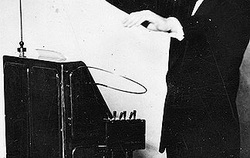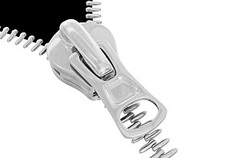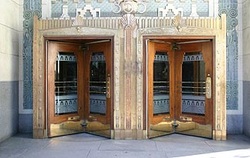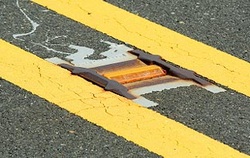Resources
Videos
------------------------------------------
Download
------------------------------------------
Upload
------------------------------------------
Games
------------------------------------------
------------------------------------------
Download
------------------------------------------
Upload
------------------------------------------
Games
------------------------------------------
Information
About us
------------------------------------------
Site Map
------------------------------------------
Support/ Feedback
------------------------------------------
------------------------------------------
Site Map
------------------------------------------
Support/ Feedback
------------------------------------------
Instant glue

You might know it better as Krazy Glue or Super Glue, but instant glue or cyanoacrylate, as the scientists call it, has many more practical uses than fastening your hard hat to an I-beam. Its properties make it especially useful for suture-less surgery and veterinary medicine, in addition to more conventional uses like repairs and model-building. Created in 1942 during research for plastic gun sights, it was originally rejected for being too sticky. In 1958 Harry Coover and Fred Joyner, researchers at Eastman Kodak, rediscovered instant glue and began selling it commercially.
Theremin

The theremin probably won't make anyone's list of most important inventions, but this instrument holds a place in many hearts, especially those of scary movie fans. Invented by a young Russian physicist named Leon Theremin in 1919, this musical instrument is played without anyone even touching it. The eerie sound produced by a theremin comes from the player moving his hands near the two antennas that respond to radio frequencies. One antenna is responsible for the volume, and the other is responsible for the pitch. If you still doubt its importance, try to get through this Halloween without it. Many classic horror movie soundtracks feature this creepy instrument
Zipper

Best described as a collaborative effort, the zipper underwent many design changes before it found its way to your new pair of jeans. Even the original name needed a little work: the "continuous clothing closure." The modern version, invented by Gideon Sundback in 1917, took time to be accepted in the garment industry. It was originally used for boots and tobacco pouches. A marketing group at B.F. Goodrich gave the invention its catchy name and promoted it as allowing children to fasten their own clothing. Now, anyone can use one
Revolving Door

Another invention seen nearly every day, particularly in cities with tall buildings, is the revolving door. The revolving door, invented by Theophilus Van Kannel in 1888, solves many architectural problems. The warm air in tall buildings can cause dangerous air drafts when an open door introduces cold air from the outside that can actually blow out windows. The revolving door design never allows a draft into the building and as a side benefit conserves energy. Another benefit that an architect can appreciate is how spacious a building’s lobby appears after emerging from the enclosed revolving door.
Ballpoint Pen

This is the invention phenomenon that almost wasn't. The ballpoint pen found its first success in World War II in battle conditions, where fountain pens were prone to leak and run out of ink. The public initially loved the pens, which could write for two years without a refill. Unfortunately, early quality-control issues (streaking and dripping) caused the public to turn on Lazlo and George Biro's invention. But a great idea is hard to keep down; by the late 1950s the ball tip was perfected and overtook the fountain pen. Production is now well over the 100 billion mark!
Cat`s eye

Very high on the underrated scale, this simple invention may have saved thousands of lives. If you have driven anywhere, you have seen thousands of them winding along the side of the road. The cat' s eye is a small reflector embedded into the highway that marks the road's edge. It makes road markings visible in conditions when they would otherwise be invisible. Inventor Percy Shaw was inspired by the reflective quality of a cat's eye in the dark.
more coming soon...

